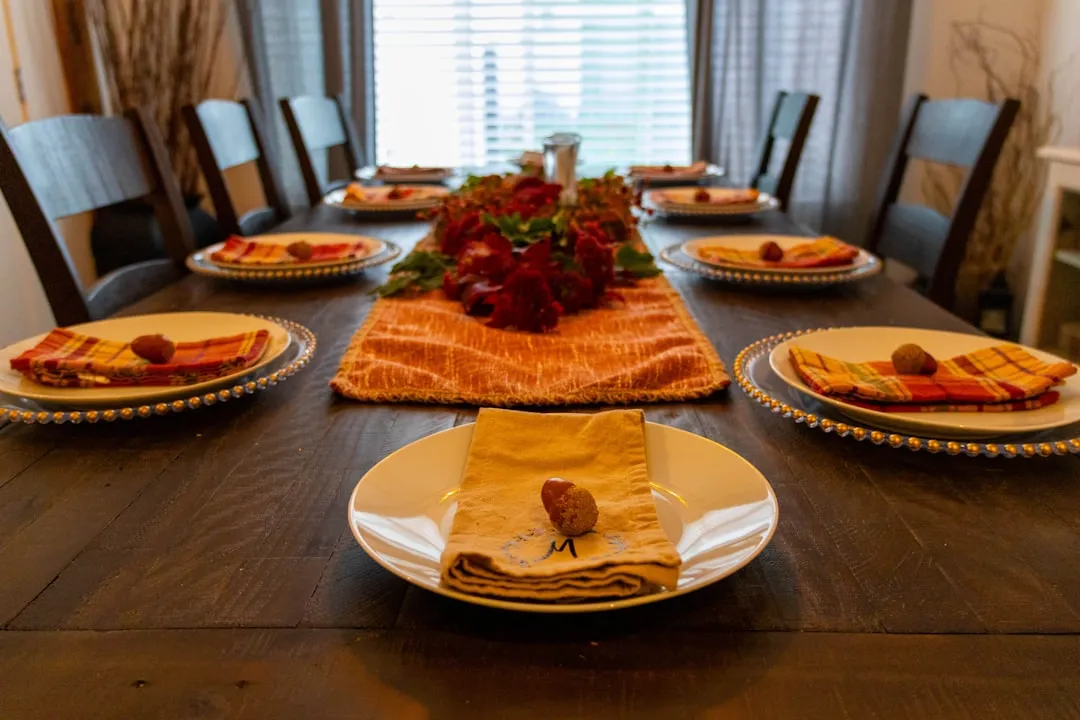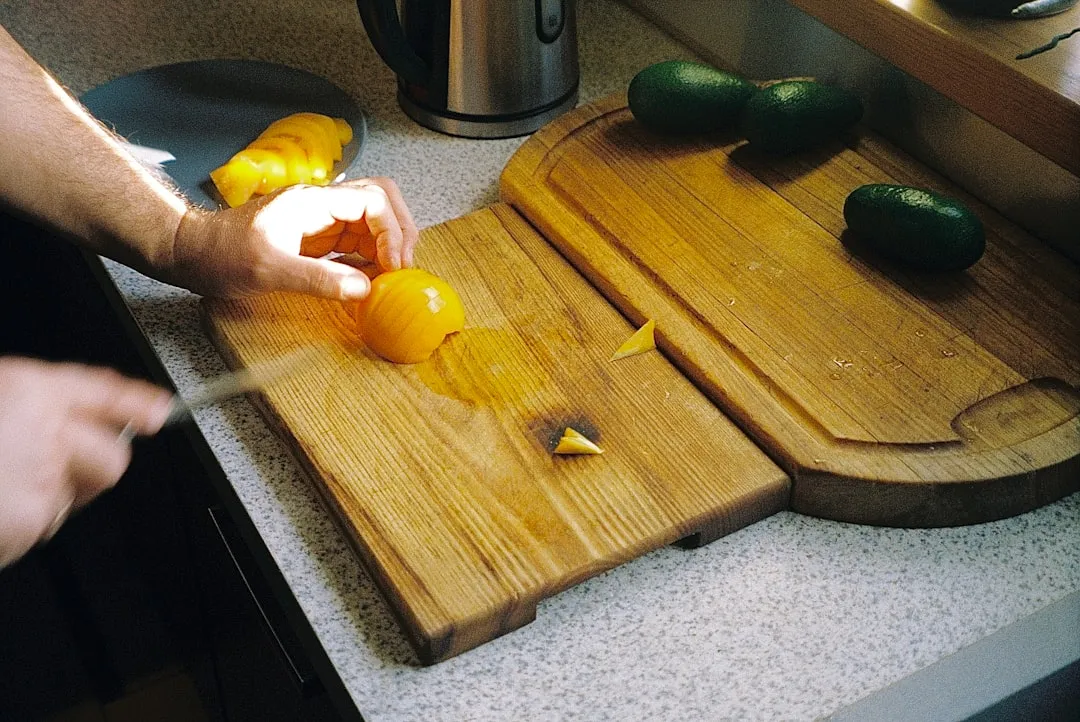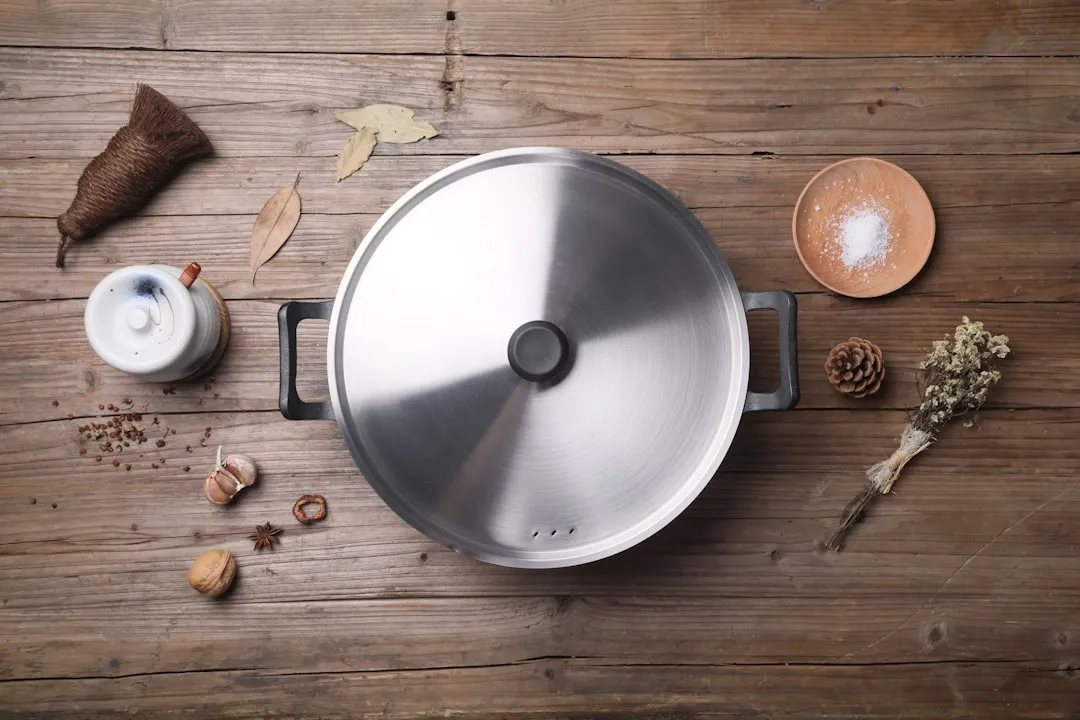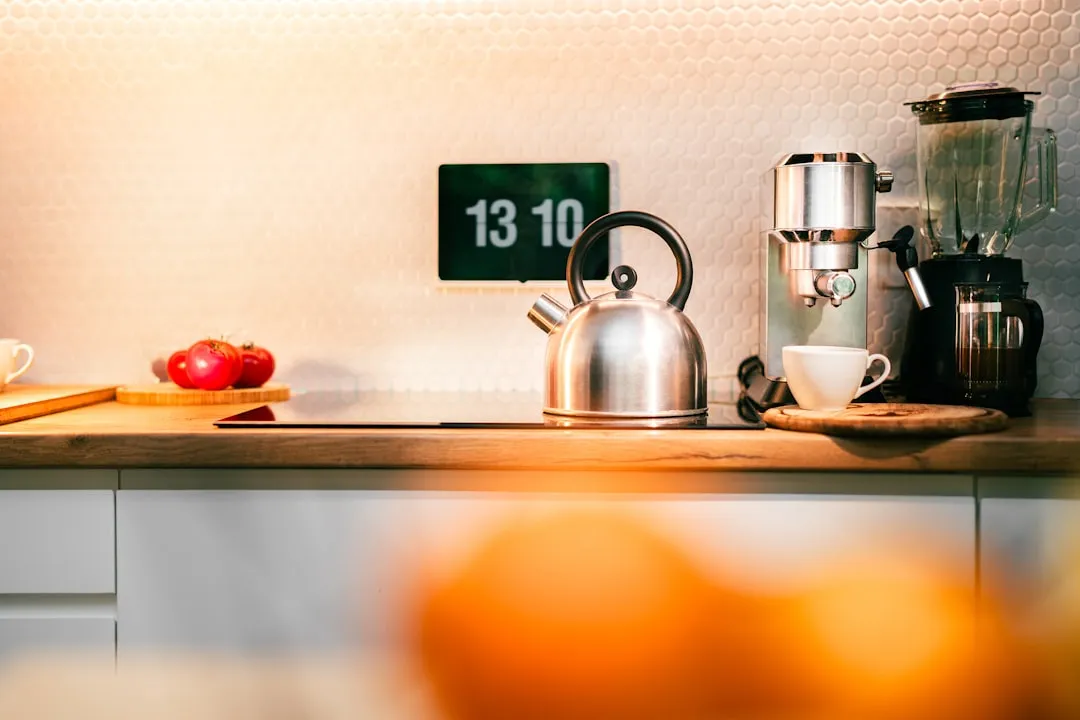If you've been to a farmer's market during tomato season, chances are you know that heirloom tomatoes are pricier (and funnier-looking) than their hybrid counterparts.

Heirloom tomatoes, bursting at the seams.
These eccentric tomatoes have become a sought-after alternative to the supermarket variety, appearing on the menus of restaurants and in mouth-watering food magazine recipes.

Heirloom tomato caprese, a spin on the traditional caprese salad.
So, What's All the Fuss About?
Nostalgia, believe it or not, is one reason: heirlooms recall a time before industrial agriculture hit the ground running, when fruits and vegetables weren't bred for high yields and durability, but for flavor.
It's true: heirlooms have a penchant for flavor because they're generally grown on a small scale. Farmers don't need to worry about breeding them so they can withstand long journeys in refrigerated trucks for mass consumption.

Not all hybrids are grown on a massive scale: these greenhouse tomatoes come from a local farm just outside of Washington, DC.
But does this mean that supermarket tomatoes have no place in our kitchen? Not at all. It comes down to a matter of priorities, in my opinion: if you're concerned about preserving agricultural heritage and small-scale farming, then heirlooms are for you, but if you're simply looking for flavor, a hybrid can pack just as much punch as an heirloom.
What Is an Heirloom?
"Heirloom" doesn't stop at the tomato: it applies to other plants like apples, carrots, and zucchinis, and it even applies to animals. Most simply defined, heirloom plants are grown from old seeds, passed down from generation to generation. The consensus is that if they're more than 50 years old, they're heirloom.
The other criteria for heirloom is open pollination. That is, pollination driven by natural forces, like bees and the wind.

Bees like tomatoes, too. Especially their blossoms.
Seed-Saving: The Lifeblood of Heirlooms
The heirloom process begins when a farmer saves the seed of her best plant, selected for anything from flavor to disease-resistance. The unique and often funky varieties that result are a product of this selection process.

A kaleidoscope of heirloom seeds.
Heirloom tomatoes, with all of their diverse shapes and sizes, are basically the poster child for seed-saving. For many, they're a respite from the cookie-cutter tomatoes (and other fruits, like apples), we find at the supermarket.

"Apple A said to Apple B..." Wait! Who's who?
Why Farmers Love Heirlooms
Like most living things (including us), adaptability improves over time, enabling an organism to build defenses against pathogens. In the case of plants, the older the seed, the more equipped it is for resilience. This doesn't mean heirloom plants are impenetrable, as you'll see below.
Heirlooms are integral to preserving agricultural heritage. Industrial farming has limited our vegetable varieties to meager numbers, and farmers like John Bunker of Maine, one of the state's most outspoken practitioners of the heirloom movement, are determined to revive agricultural diversity.

Diversity is the enemy of crops grown on an industrial scale, like these soybeans.
The Science Behind the Premium We Pay
Heirlooms cost a pretty penny for good reason. Here's why:
- Open-pollination: Because this process relies on natural forces, growing heirlooms is a Russian roulette of sorts; not every pollination is going to result in viable cross-breeding. We're paying for the price of unpredictability.
- Vulnerability: Although heirlooms are characteristically robust, they are still susceptible to disease and pests. Commercial hybrid crops, on the other hand, are bred to resist diseases; their defensibility, at least against common afflictions, is greater.
Why Hybrids Get a Bad Rap
Unlike heirlooms, hybrids are the product of cross-breeding, a process that involves cross-pollinating two genetically different plants of the same species. This process nullifies the prospect of seed-saving, since the resulting breed will look nothing like its parents.
Hybrid seeds, in effect, are sterile, requiring farmers to buy new seed every year. It's worth noting that hybrid plants are not the same as GMOs, which involve engineering desired traits by artificial means.

Cross-breeders owe thanks to Gregor Mendel, the monk who discovered the science behind inheritance.
Because hybrids are generally bred for mass-production, flavor is not the priority; rather, hybrids are prized for characteristics like thick flesh and skin, so they can withstand machine harvesting and the hazards of shipping.
The Journey of a Hybrid Tomato
Hybrid tomatoes destined for supermarkets are harvested prematurely while still green and sprayed with ethylene, a gas that helps the fruit develop its red color. They are refrigerated for preservation until shipped, a process that further eliminates flavor. That's why any farmer will tell you to never refrigerate your tomatoes.

Supermarket tomatoes are bred for uniformity.
Are All Hybrids Flavorless?
Luckily, not all hybrids are a recipe for gustatory disaster. Famous chefs like Dan Barber have no problem with hybrids. Seed companies are even offering hybrid varieties that supposedly mimic the flavor of heirloom tomatoes.
The Case for Hybrids
Hybrids may get a bad rap among heirloom evangelists, but all heirlooms first began as hybrids: an heirloom is, in fact, a "fortuitous cross of two parents." Today hybridization has been stigmatized due to worries about human intervening with nature, but there are many reasons to be thankful for cross-breeding.

Hybrid tomatoes can be beautiful, too, like this Octopus F1 tomato plant. ("F1" refers to the first set of seeds from a cross-pollination.)
Foremost, hybrids are a boon to farmers who want to grow commercially. According to Teresa Bunn, a breeder at a seed company owned by Monsanto, "You can think of a tomato as a factory, with each leaf a worker. Heirlooms have fewer fruit and more factory. On the commercial side, farmers are paid for yield. They want as many fruit as they can get."
While Bunn's opinion may reflect a, ahem, conflict of interest, heirlooms can make production more complicated: they take a longer time to grow, which in turn raises the probability of disease exposure.
Also, hybrids are just as healthy as heirlooms. Smithsonian Magazine posits that cheap, mass-market tomatoes like Romas have a higher level of nutrients, especially once they're processed into tomato paste. The same can be said of canned tomatoes, which purportedly contain more lycopene than fresh tomatoes due to the application of heat in the preservation process. Lycopene, a type of carotenoid, is believed to have cancer-preventing properties.
A Final Caveat on Heirlooms
If you're anything like Annette Benning's character in the 2010 film The Kids Are Alright, you'll probably opt for hybrids. "If I hear one more person say how much they love heirloom tomatoes," she says, "I'm going to punch them right in the face." And she's got a point: "heirloom" doesn't necessarily signify good n' tasty, even if they are beautiful.

These are just a fraction of the funky heirloom tomatoes out there.
DIY Time: Grown Your Own & See Which Tomato You Prefer
Heirloom or hybrid (or both)? You can decide by growing some yourself. After all, it's not really fair to do a taste test with a supermarket hybrid tomato, which has been grown for durability rather than taste.
Don't worry if you don't have a yard. Even apartment dwellers can easily grow tomatoes in containers and see for themselves which type of "love apple" (an ancient nickname for tomatoes) they prefer. You can determine the variety on the seedling's tag: if it's marked with an F1, it's a hybrid; some tags will even specify what diseases the plant is resistant to.
Getting started is simple. Here's what you'll need:
- Tomato seedlings
- Gardening soil
- A 5-gallon container (a plastic bucket will do, although a wooden box is nice)
- A tomato cage and/or bamboo rods
- Water (daily)
- Liquid fertilizer (weekly)
- Sun (8 hours a day)

It doesn't take much to start a tomato garden. ...Well, in the very least you can do it on the cheap.
Here's what your tomato garden can look like if you give it the same love as blogger Gary Pilarchik:
If you want to get into the nitty-gritty of tomato transplanting, the Hudson Valley Seed Library is a great place to start.
You can also make self-irrigating planters from yogurt containers, and if you don't have a lot of space for placement on the ground, you can always opt for an upside-down DIY hanging tomato plant holder.
Happy gardening!
Cover images via See-ming Lee/Flickr, Muffet/Flickr

























Comments
Be the first, drop a comment!